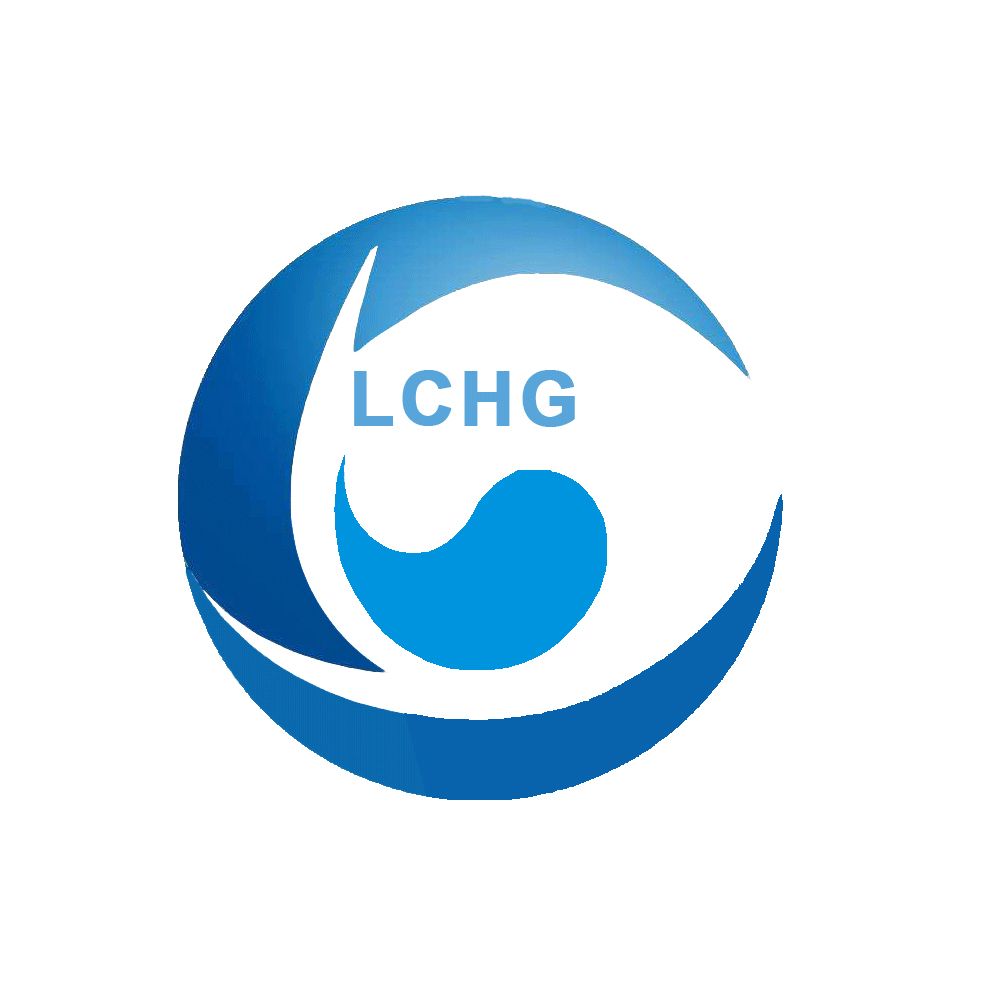Study on the Chemical Composition and Anti inflammatory Activity of Ethyl Acetate from Lilac Solanum Leaves
Calonyction muricatum (Linn.) G. Don is an annual thick and tangled herb in the Convolvulaceae family, also known as the golden silk gourd. Widely distributed in Yunnan, Henan, Hunan, Hubei and other places in China. Lilac eggplant was first recorded in the book “Saving the Wasteland Materia Medica”. It has a bitter taste, a cold nature, and has the effects of diarrhea and detoxification. The whole plant can be used as medicine and is widely used in folk medicine to treat diseases such as wind and fire toothache, mastitis, and arthritis. Apply fresh leaves externally to the affected area to treat toothache caused by wind and fire, and it can relieve pain in a few minutes. So far, there have been no reports on the study of chemical components in clove eggplant leaves. Only a few reports on the chemical components of eggplant (clove eggplant seeds) have been found, from which 30 compounds including alkaloids, resin glycosides, and phenylpropanoids have been isolated and identified. In order to clarify the chemical information of Syringa oleifera leaves and discover novel and highly active anti-inflammatory and analgesic lead compounds or candidate drugs in Syringa oleifera leaves, this study used lipopolysaccharide (LPS) – induced mouse macrophages (RAW 264.7) as a biological activity oriented model to investigate the chemical composition of the ethyl acetate part of Syringa oleifera leaves for the first time. The aim is to discover the anti-inflammatory active ingredients in Syringa oleifera leaves and provide theoretical support for their clinical application and rational development and utilization of resources.
The external application of clove eggplant leaves has a long history of application in treating wind and fire toothache, and its therapeutic effect is definite. But its material basis is not clear. The in vitro activity screening results showed that the ethyl acetate fraction of Syringa oleifera leaves has good anti-inflammatory activity. Therefore, this study focused on the systematic study of the chemical components of ethyl acetate in the leaves of Syringa oleifera, and isolated and identified 15 compounds, including octadecane unsaturated fatty acids, flavonoid glycosides, organic acids, etc. Among them, 14 compounds (1-12, 14, 15) were isolated from this genus of plants for the first time. The in vitro activity screening results of the monomeric compounds showed that compounds 1, 3, 4, and 5 all had good anti-inflammatory activity, with compounds 1 and 5 showing more significant anti-inflammatory activity. This study laid the foundation for the research on the anti-inflammatory activity of the plant and enriched the chemical information of lilac eggplant leaves.
